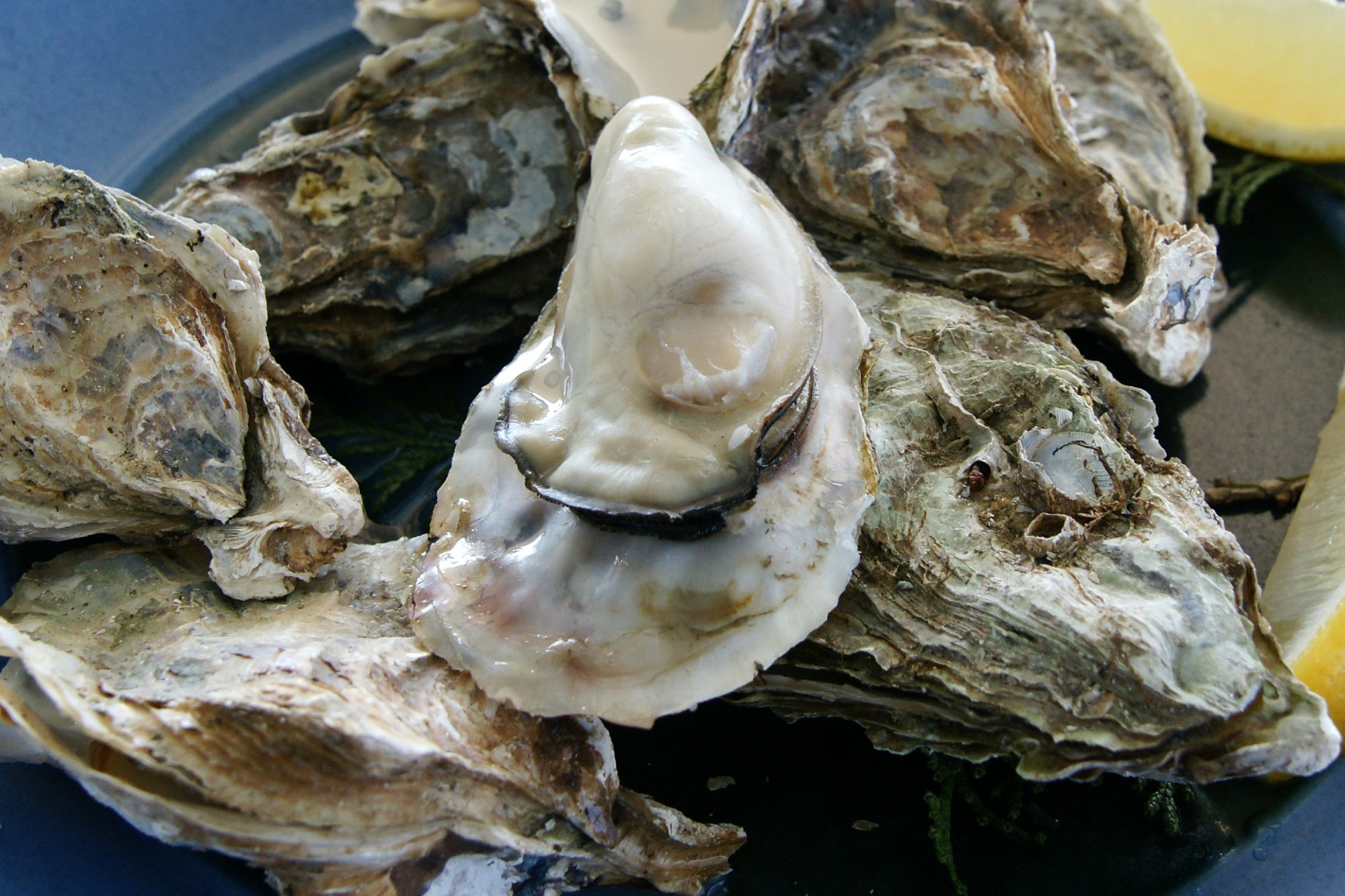I got slapped around a bit, in a good-natured way, by another, funnier, blogger. I was trying to walk the fine line between telling him that his taste in coffee sucks and making the point that at a certain quality level, everything is about personal preference. I was wishy-washy, and he called me on it. But it got me thinking about personal taste versus objective quality. Tommy (the blogger) used the fine example of steak. Peter Luger makes good steak. Arthur’s Tavern? Not so much. Although it is a fun place, at least the one in Hoboken. And his point was that if you are going to recommend a steak house to a bunch of friends who like food, you aren’t going to send them to Arthur’s, you are going to send them to Brooklyn, to one of the temples of steak.
But what about obviously well-made foodstuffs that just aren’t good…to me? My father loves French wines that, while well made, taste like pencil shavings and dirt. But that is the style, so who am I to criticize? Actually, one of my favorite hobbies is poking fun at all things French, so maybe that isn’t a good example. How about pizza? I love pizza — every style, every oven, every dough. But if I want thin-crust, bar pizza, I’m going to Kinchley’s Tavern. Are there other places that make a good bar pizza? Of course. And I am sure that someone will argue that my taste in bar pizza is infantile and un-American and that I probably wet the bed.
So what is my point? I am not sure. I think that quality and personal taste intersect somewhere, but that there is obviously a place where stuff is just crappy, and no amount of personal taste can overcome lousy quality. Does anyone remember Set Theory? That would help.
Oh, and as long as we are talking about objective quality; MP3s are awful, when compared to CDs. Their only advantage is the compression that allows you to put lots of music in a small space. But the sound quality is really pathetic. I just listened to the same song twice — once recorded as an MP3, and then the original on CD. Try it, you’ll be amazed.

